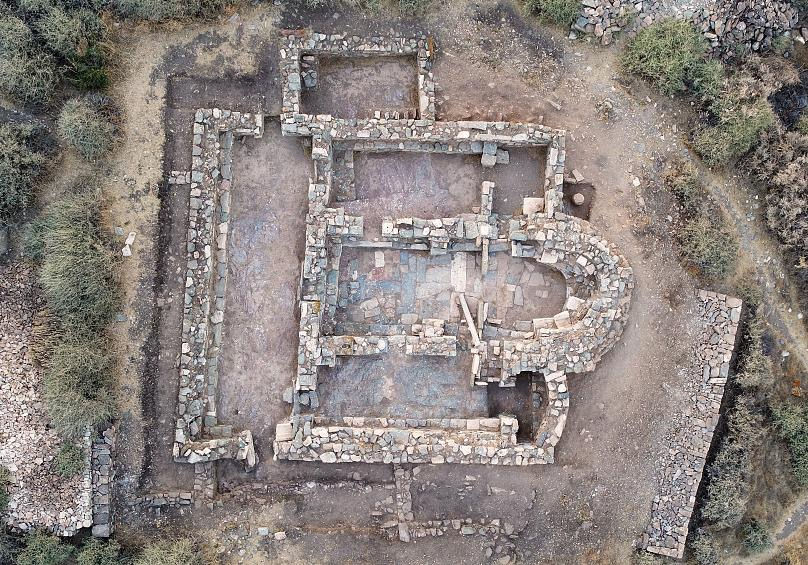Archaeologists from the Department of Archaeology at the University of Thessaly discovered yet more important artifacts on Vryokastraki, the small rocky islet near the Greek island of Kythnos, once home to a significant ancient city in the early Byzantine period.
The finds, only recently released in an announcement by the Greek Ministry of Culture, include many epigraphical remains that detail the history of the island and its ancient city, which was continuously inhabited from the 12th century BC until the 7th century AD.

One of the inscriptions, which are considered “very important” by scholars, describes a pirate named Glafketis who took control of Kythnos in the 4th century BC.
According to the recently discovered artifact, Glafketis had support from the Macedonians, but was eventually forced out of power by the Athenians.
Another fascinating inscription provides a picture of ancient bureaucratic processes on the island, including building regulations and a list of fines to be collected upon breaking them.
Scholars also recovered an honorary inscription for a resident of the island who had been recognized by the municipality of Kythnos, but unfortunately the name of the citizen did not survive.

Ancient stones in city re-used throughout history
The stones bearing these inscriptions had all been utilized for a secondary purpose during the Byzantine period, most likely as building materials for homes and other structures, a common practice throughout history
A marble statue base dating back to antiquity was similarly used as cornerstone for a fortification built on the small island in the early Byzantine era.
Archaeologists have studied Vryokastraki for many years, as it holds artifacts from a wide range of historical periods and provides insight into the relationship that the island’s residents had with the material remains from earlier periods, such as the reuse of archaic stones for their own buildings in the ancient city.
Scholars have also discovered an ancient sanctuary in the city, with finds dating from the Geometric, Archaic, and Classical periods, as well as an early Byzantine building complex and basilica.
Well-preserved ceramics, jewelry, and female figurines were discovered in the sanctuary, leading experts to believe that there was an important cult to a female deity there.

Due the the pandemic, the most recent archaeological surveys of the island were conducted by a very small group of graduate and PHD students from universities all over Greece and even France.
Students involved in the dig came from the University of Thessaly, the National and Kapodistrian University of Athens, the Aristotle University in Thessaloniki, the University of Ioannina, and the University of Paris-Sorbonne.
source: Greekreporter.com
Comentarios